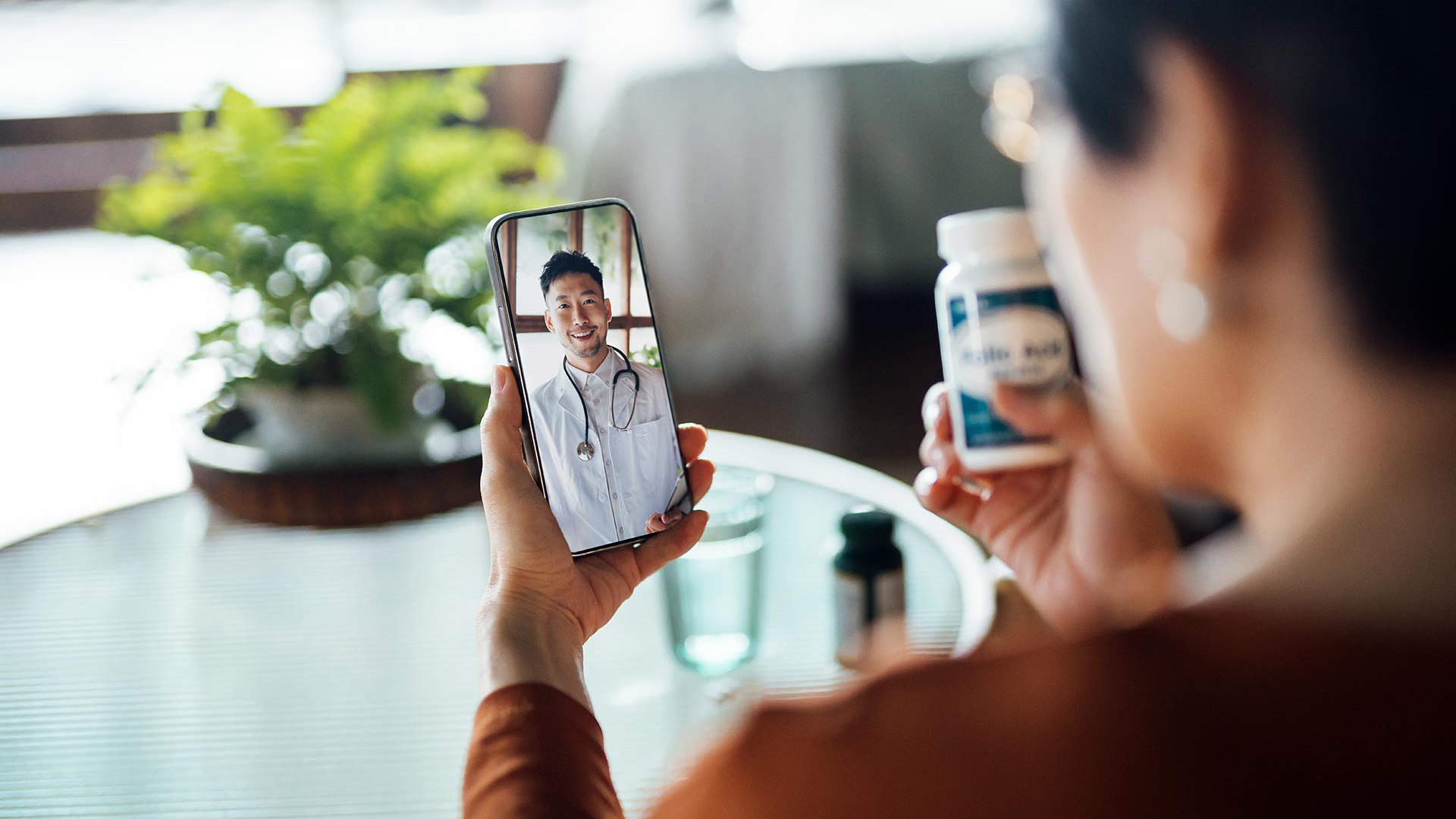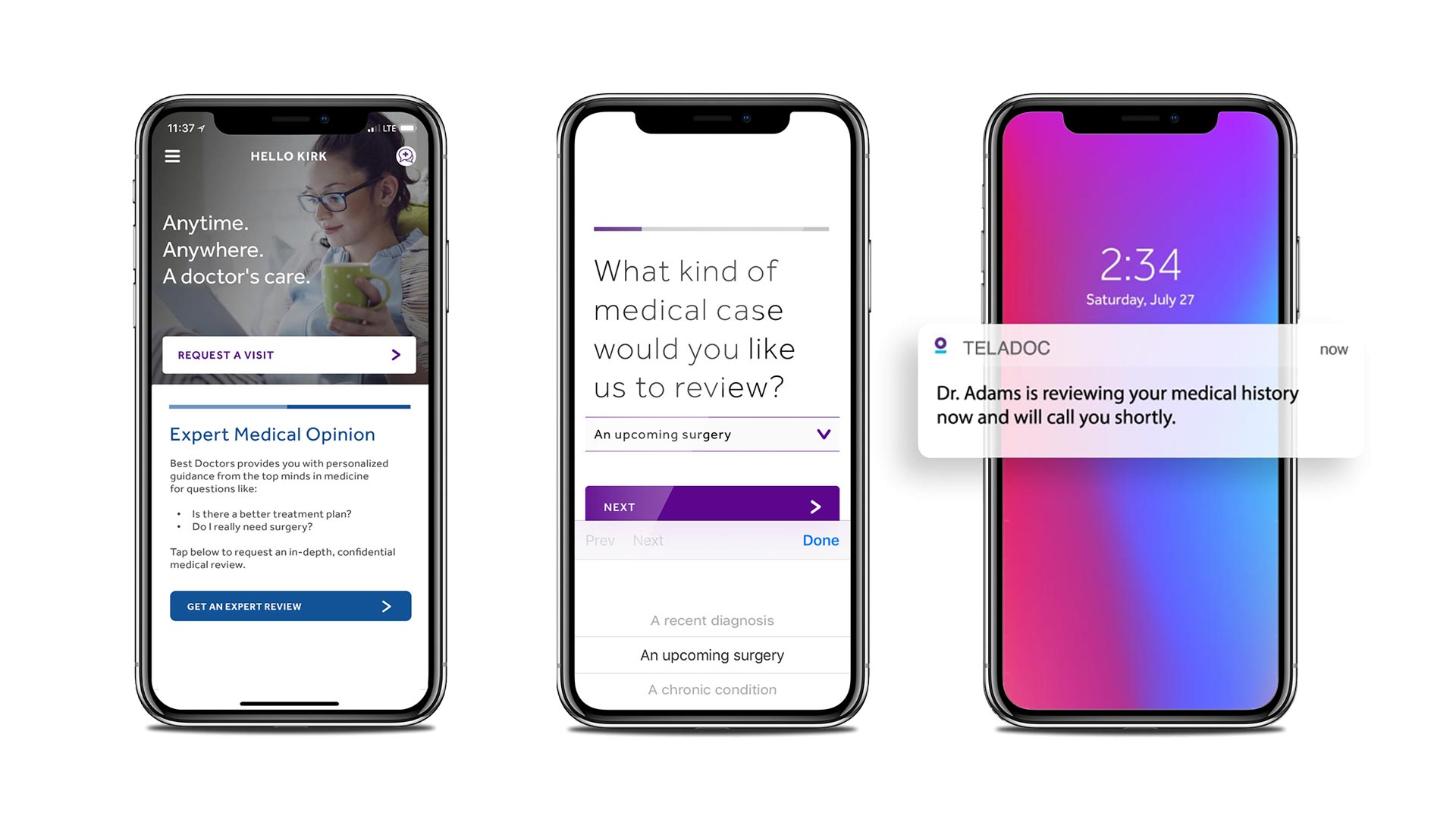How to Embrace Technology Post-release

Technology can be a powerful asset for individuals reintegrating back into the community. It supports various activities at every stage of the reentry process, but with so many options, it’s hard to know where to start. Each person’s reentry journey is unique and may be influenced by different factors, such as the type of conviction, geography, probation and parole conditions, access to resources, and available transportation.
Technology allows more services to be readily available and provides better access to critical services, including counseling, support groups, medical, and mental health treatment. It also enables communication, productivity, collaboration, and organizational skills essential to a successful reentry.
Start with the Basics
Technology can be overwhelming when you try to learn everything at once. Our Basic Computer Skills Guide will help you navigate using a computer, send emails, and more.
It’s helpful to focus on one task or application at a time and gradually build your knowledge and skills. The more you use technology, the more comfortable you will become. Don’t be afraid to try new things and learn from your mistakes.
Digital Tools to Enhance Reentry
Since the onset of COVID-19, technology has changed the way people work, communicate, learn, receive services, and socialize. There has been a significant increase in the use of telepresence technology, which refers to virtual communication tools and systems, enabling individuals to feel as though they are present in a remote location or environment.
Visit our Computer Skills page for examples on how to use digital tools in your everyday life. Below we have outlined a few different areas where technology can ease your transition and provide popular low- to no-cost resources.
Personal Organization & Productivity
Millions of apps are available to help you stay on top of your tasks and appointments. Digital calendars and to-do lists are pre-installed on most smartphones and computers. Not only can they help you stay organized, but you can set alarms and notifications to help you stay on top of your schedule.
Google Calendar is a web-based application that allows users to create, manage, and share events, appointments, and schedules. It’s free and offers several features to help users stay organized and keep track of their time. You can set up customizable reminders for upcoming events via email or mobile notifications.
24me aims to streamline personal organization and time management by providing multiple functions in one calendar. The app allows users to add events or create tasks by speaking. In addition, you can attach notes, files, or photos.
Medical and Mental Health Care
Telepresence technology connects individuals to medical doctors, counselors, therapists, and mental health professionals. Virtual medical and counseling sessions can serve as urgent care and provide valuable guidance, coping strategies, and mental health assistance during reentry.
Doctor on Demand supports a wide range of medical conditions, including common illnesses, mental health concerns, and chronic diseases. It offers access to providers 24/7 and allows prescriptions to be issued during the visit.
Teladoc Health provides remote medical consultations and healthcare services through virtual appointments. It connects patients with licensed healthcare providers via phone or video.

BetterHelp is another option for individuals, couples, and teens. Licensed counselors specialize in specific issues, including anxiety and depression, addiction, family and marital conflicts, eating disorders, trauma, grief, and more.
Center for Interactive Mental Health Solutions (CIMHS) provides free online therapy services, including a weekly depression scale to help measure mood, worksheets to practice cognitive and behavioral techniques, and online quizzes that review the core concepts of online therapy.
eTherapyPro is another online therapy platform that connects individuals with licensed therapists. Once you complete a simple questionnaire, you will get matched with an online therapist within the first 24 hours.
Education and Vocational Training
Video platforms like Zoom and Webex allow individuals to participate in virtual classrooms, workshops, and training sessions. These options enable individuals to overcome potential barriers like limited educational opportunities in specific locations, scheduling conflicts, or transportation. Visit our Post-Secondary page to explore classes.
Family and Social Connections
Maintaining family and social connections is crucial for successful reentry. Today, most mobile devices have a video chat option through FaceTime on iOS devices and Google Meet on Android devices. Regular communication through video calls or virtual visits can help maintain relationships, provide emotional support, and facilitate smoother reintegration.
Skype and Zoom are video-conferencing services for meeting with others. The basic plans are free, and you can hold unlimited meetings. Both platforms are popular for 12-step meetings, work meetings, support groups, and family celebrations. WhatsApp Messenger is an instant messaging app that allows you to text other users one-on-one or in groups. In addition to the core texting service, WhatsApp supports voice calls, video calling, and recorded voice messages.
Support and Mentoring
Virtual mentorship programs can offer guidance, advice, and support during the transition from incarceration to community living. This can include assistance with finding housing, accessing social services, navigating employment opportunities, and addressing potential challenges. To find a mentor, visit our Mentorship page, and complete our simple form.


